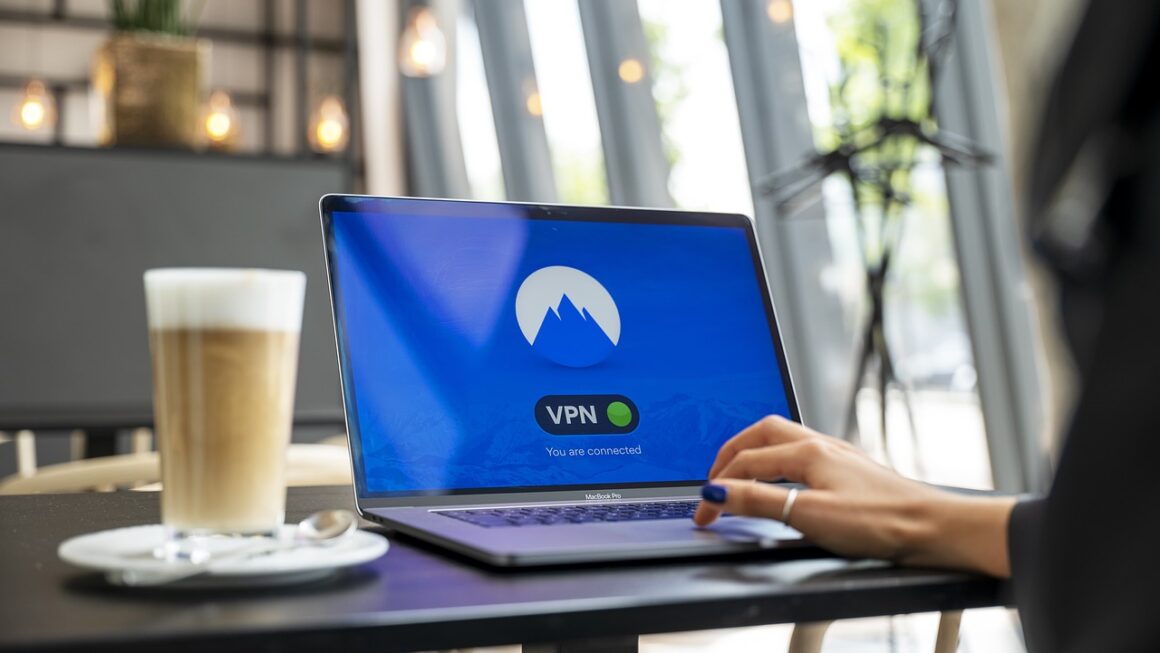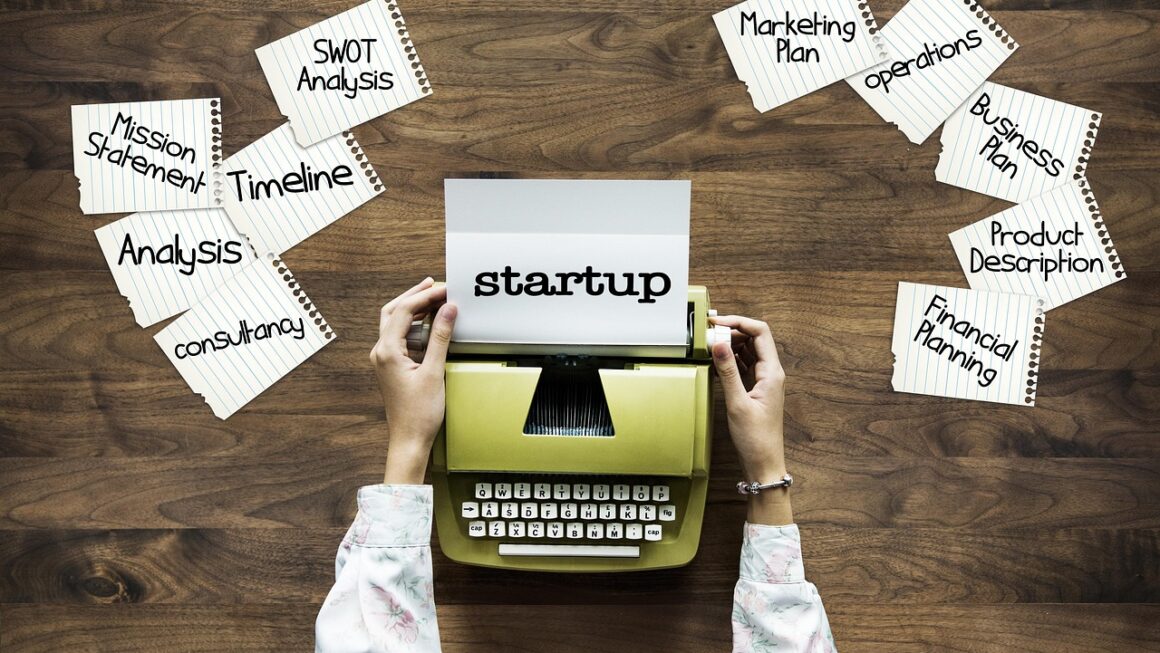Landing that perfect sponsorship can feel like winning the lottery, especially if you’re a creator, event organizer, or non-profit seeking financial backing. But sponsorships aren’t just handed out; they require careful planning, targeted outreach, and a value proposition that resonates with potential partners. This comprehensive guide will walk you through the steps necessary to attract sponsors and build mutually beneficial relationships.
Defining Your Sponsorship Needs and Assets
Identifying Your Needs
Before you even begin to think about reaching out to potential sponsors, it’s crucial to have a crystal-clear understanding of what you need. Are you looking for monetary funding, in-kind donations (products or services), or a combination of both? Quantify your needs as specifically as possible.
- Example: Instead of saying “We need money for our event,” say “We need $5,000 to cover venue rental, $2,000 for speaker fees, and $1,000 for marketing materials.”
Inventorying Your Assets
What can you offer a sponsor in return for their investment? This is your “assets” inventory, and it’s the foundation of your sponsorship proposal. Think creatively!
- Audience Reach: How many people will your event or platform reach? Demographics are vital! (e.g., “Our event attracts 500 attendees, 70% of whom are females aged 25-40 interested in sustainable living.”)
- Brand Alignment: Does your brand share similar values or target audience with potential sponsors?
- Marketing Opportunities: What branding opportunities can you offer? (e.g., logo placement on website, social media mentions, booth space at events, sponsored content creation)
- Data Collection: Can you offer lead generation or data collection opportunities to sponsors?
- Exclusivity: Can you offer category exclusivity (e.g., being the sole beverage sponsor)?
- Tangible Benefits: Free tickets to an event, product samples, speaking opportunities.
- Intangible Benefits: Association with a positive cause, enhanced brand reputation, goodwill.
- Example: A local running club might offer a title sponsor prominent logo placement on race t-shirts, signage along the race route, social media shoutouts, and the opportunity to distribute promotional materials in the runner’s swag bag.
Researching and Identifying Potential Sponsors
Identifying Target Industries
Start by brainstorming industries that align with your mission, values, and target audience. For example, if you’re organizing a tech conference, you might target software companies, hardware manufacturers, and venture capital firms.
- Tip: Look at sponsors of similar events or organizations. This can provide valuable insights into who is already investing in your niche.
Creating a Prospect List
Compile a list of specific companies within your target industries. Use online resources like LinkedIn, industry directories, and news articles to identify potential sponsors. Don’t just aim for the biggest players; consider smaller, local businesses that might be looking to increase their brand awareness within your community.
- Data Point Prioritization: Prioritize based on:
Alignment: How well does their mission align with yours?
Budget: Do they have a history of sponsoring similar initiatives? (Check their corporate social responsibility reports).
Reach: Does partnering with them actually benefit you?
Understanding Their Sponsorship Goals
Research the potential sponsor’s past sponsorship activities. What types of events or organizations have they supported in the past? What are their marketing objectives? Understanding their goals will allow you to tailor your sponsorship proposal to their specific needs.
- Example: If a company is focused on improving its brand image within a particular community, your proposal should highlight how your event or organization can help them achieve that goal.
Crafting a Compelling Sponsorship Proposal
Structure and Content
Your sponsorship proposal is your sales pitch. It should be clear, concise, and persuasive, highlighting the benefits of partnering with you.
- Executive Summary: A brief overview of your organization, event, and the sponsorship opportunity.
- About Us: Detailed information about your organization’s mission, history, and accomplishments.
- Event/Project Details: A comprehensive description of the event or project you’re seeking sponsorship for, including the target audience, expected attendance, and key activities.
- Sponsorship Packages: Clearly defined sponsorship levels with corresponding benefits (e.g., Gold, Silver, Bronze). Each level should offer a different combination of assets at different price points.
- Investment Options & ROI: Include precise numbers that provide the sponsor with a clear understanding of where the investment is going, and what they can anticipate receiving in return.
- Call to Action: A clear and direct statement of what you want the sponsor to do (e.g., “Contact us to discuss sponsorship opportunities”).
Visual Appeal
A well-designed proposal is more likely to capture a sponsor’s attention. Use high-quality images, graphs, and charts to present information in an engaging and visually appealing way.
- Tip: Consider using a professional graphic designer to create a visually stunning proposal that reflects your brand identity.
Tailoring Your Proposal
Never send the same generic proposal to every potential sponsor. Customize each proposal to reflect the specific interests and needs of the individual company. Mention their past sponsorship activities and explain why you believe a partnership would be mutually beneficial.
- Example: If a company is known for its commitment to sustainability, highlight the eco-friendly aspects of your event or organization.
Outreach and Follow-Up
Identifying the Right Contact Person
Don’t waste your time sending proposals to generic email addresses. Research the appropriate contact person within the company, such as the marketing manager, sponsorship director, or corporate social responsibility officer. LinkedIn can be a valuable resource for identifying the right person.
- Tip: Networking is key. Attend industry events and connect with potential sponsors in person.
Crafting a Personalized Email
Your initial email should be brief, engaging, and personalized. Introduce yourself, briefly explain your project or event, and highlight the benefits of sponsorship for their company. Attach your sponsorship proposal and clearly state your call to action.
- Subject Line: Use a compelling subject line that grabs their attention (e.g., “Sponsorship Opportunity: [Your Event] Reaching Your Target Audience”).
Following Up
Don’t be afraid to follow up with potential sponsors. Send a brief email or make a phone call a week or two after sending your initial proposal. Be persistent but polite. A gentle nudge can make all the difference.
- Tip: Use the follow-up as an opportunity to address any questions or concerns the sponsor may have.
Conclusion
Securing sponsorships requires diligent effort, strategic planning, and a clear understanding of your value proposition. By defining your needs, identifying potential sponsors, crafting compelling proposals, and following up effectively, you can increase your chances of building successful, mutually beneficial partnerships. Remember that sponsorship is a two-way street; focus on providing value to your sponsors, and they will be more likely to support your organization or event in the long term. Good luck!




